There are so many false ideas and misinformation about travelling to Cuba, especially if you are an American that I felt it is time we re-visit the topic, especially as US has re-started flights not only to Havana but all Cuban international airports in 2022. So let’s begin unveiling the myth of travel to Cuba.
First things first, what do you need to know before hopping on the plane?
GETTING TO CUBA AND SOME PLANNING TIPS
You will need a tourist card or a visa
But how do you know which one it is?
We have a detailed break down at our previous blog here.
Most important thing you need to know is that if you are not from one of the countries that don’t require any sort of visas at all then you will likely need a Tourist card, bit even then you have to ensure that you have the correct one, either a pink or a green card dependent on the port you are coming from.
You need the pink one if you are coming from a US airport or Green if you are coming from any other airport. You can easily apply for one here. It may also be worth checking with your airline if they already included it in your airfare, some do, like most Canadian airlines.
Alternately if you have a longer lay over in say Mexico, you can arrive early enough to the airport to obtain one there. This can be a little chaotic, so do allow time for it if it is your preferred way to go as they will not let you board your plane without one.
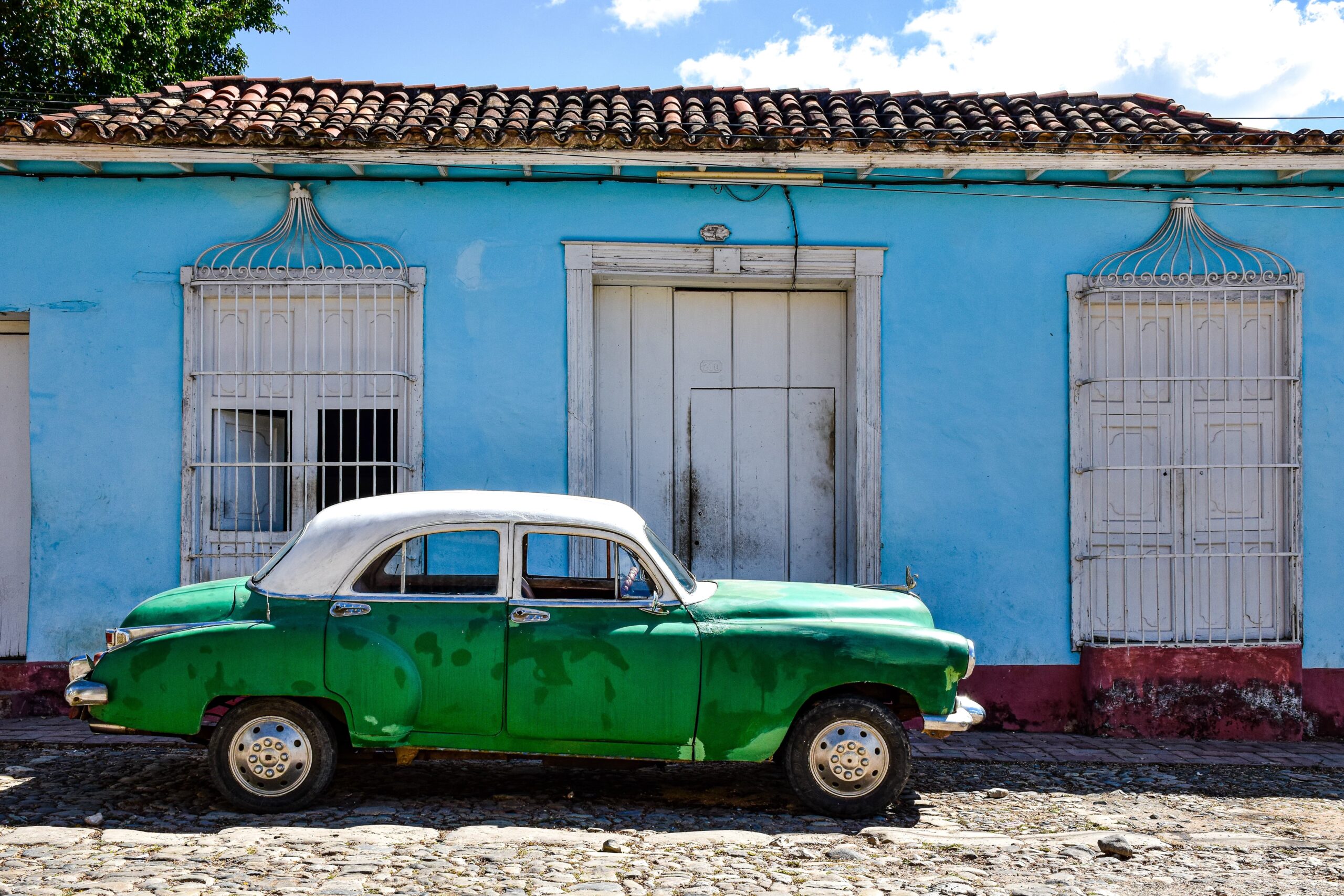
Do you need a travel license?
If you are a US citizen and travelling from US direct you may be asked about what travel license you are visiting Cba under. (You may also be asked if you are a foreigner and coming via a US port)
Americans could travel under one of 12 visa categories to Cuba:
- family visits;
- official business of the U.S. government, foreign governments, and certain intergovernmental organizations;
- journalistic activity;
- professional research and professional meetings;
- educational activities;
- religious activities;
- public performances, clinics, workshops, athletic and other competitions, and exhibitions;
- support for the Cuban people;
- humanitarian projects;
- activities of private foundations or research or educational institutes;
- exportation, importation, or transmission of information or informational materials;
- and certain authorized export transactions.
You do not need to apply for these general licenses, but there are criterias that you need to meet and the easiest one is the support for the Cuban people. All our tours meet this requirement and we even help you with your record keeping. Learn how to prepae for this license from our previous blog here.
In a nutshell for the “support the Cuban people” category, you must adhere to the following:
A full-time schedule of activities that support the Cuban people. These activities can range from eating in privately-owned restaurants to spending money in locally-owned businesses, visiting local artists, and staying at casas particulares.
You need to avoid spending money at military-owned businesses and staying at hotels banned by the US State Department, see the list of the banned companies in the blog link mentioned above.
You must keep all of your records and receipts for 5 years.
Alternatively, if you’re not looking for a tour or have a full-time schedule that “supports the Cuban people,” you can go back to the “old way” of using Mexico or any other third country as a jumping point to reach Cuba.
There are direct flights to Cuba from the US, but…
Americans can fly direct from US to Cuba to all international airports since August 2022. Direct flights are from cities like Los Angeles, New York, Miami, Fort Lauderdale, Orlando, Charlotte, Atlanta, Newark, and Houston.
As far as Cuba is concerned, non-Americans can also fly direct from the US if they have the “Pink Tourist Card.” Couple of things to consider… When booking your flight from the US, you will need to declare the “support for the Cuban people” category to be allowed to book it legally, however, if you are planning on going back via the US, you may have issues with your ESTA. So if that is your plan, I’d suggest you sort a US travel visa prior to your travels so you don’t get caught out.
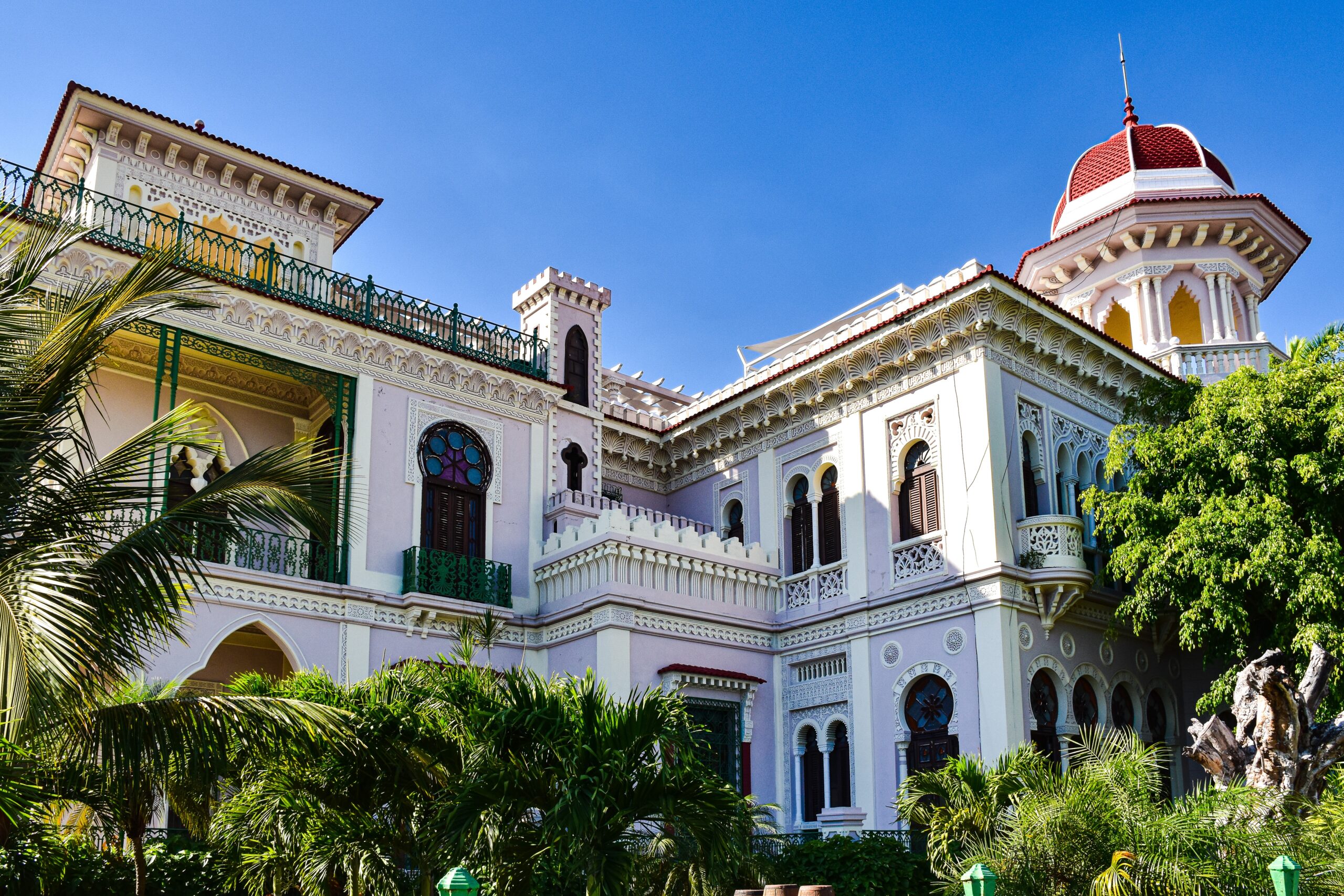
The Stopover Technique may be a way to go
This has been used in the past by ‘rogue’ US travellers who didn’t want to follow the license rules and those who want to travel to the US.
What does it mean?
The ‘trampoline’ technique means that the stop over country (Mexico, Panama, Dominican Republic, Bahamas) to Cuba and return is booked on a separate ticket with the relevant non-US port departure Cuban tourist card.
It still poses a risk, so not a recommended option from us.
Best time to visit Cuba
Discover the perfect time to explore Cuba’s vibrant culture and natural beauty! From the crisp & dry weather of Mid-November to March, to the lush & lively scenes of May and June – there’s something to captivate every adventurer. Although be wary of the hurricane season from July to November, as the weather can get tempestuous. But don’t let that deter you! Embrace the thrill of unpredictable surroundings and immerse yourself in everything Cuba has to offer.
Buy a tour to Cuba or not?
For US Travellers it is the simplest and easiest way to go as long as you are buying a tour that meets the requirements of the general license of ‘support for the Cuban people’. This way all your accommodation, transfers, transport and most meals are taken care of by the tour provider, like ourselves. You also have the itinerary that you can show as proof at the border going in and out of the US that you are in fact meeting the requirements of the license.
You can book it all online is one simple transaction and don’t have to worry about anything else.
For travellers from other parts of the world, it would still make sense to use a tour operator for the ease of having everything done for you as finding transport, and genuine activities – not ones through hustlers can be a challenge.
Not to mention that Cuba is not the place where you can easily find supermarkets or the simplest things you may expect at home. So it is beneficial to have a guide who can help you with all things Cuba.
Not to mention, guides provide value by giving you insights to the country, being a source of knowledge on history, culture and the like, being on hand in case of an emergency to assist, or even finding the simplest thing like shampoo in case you leave yours behind somewhere – like I managed to.
If you choose your tour carefully, you can also reduce the amount of cash you will need to take with yourself on your trip too.
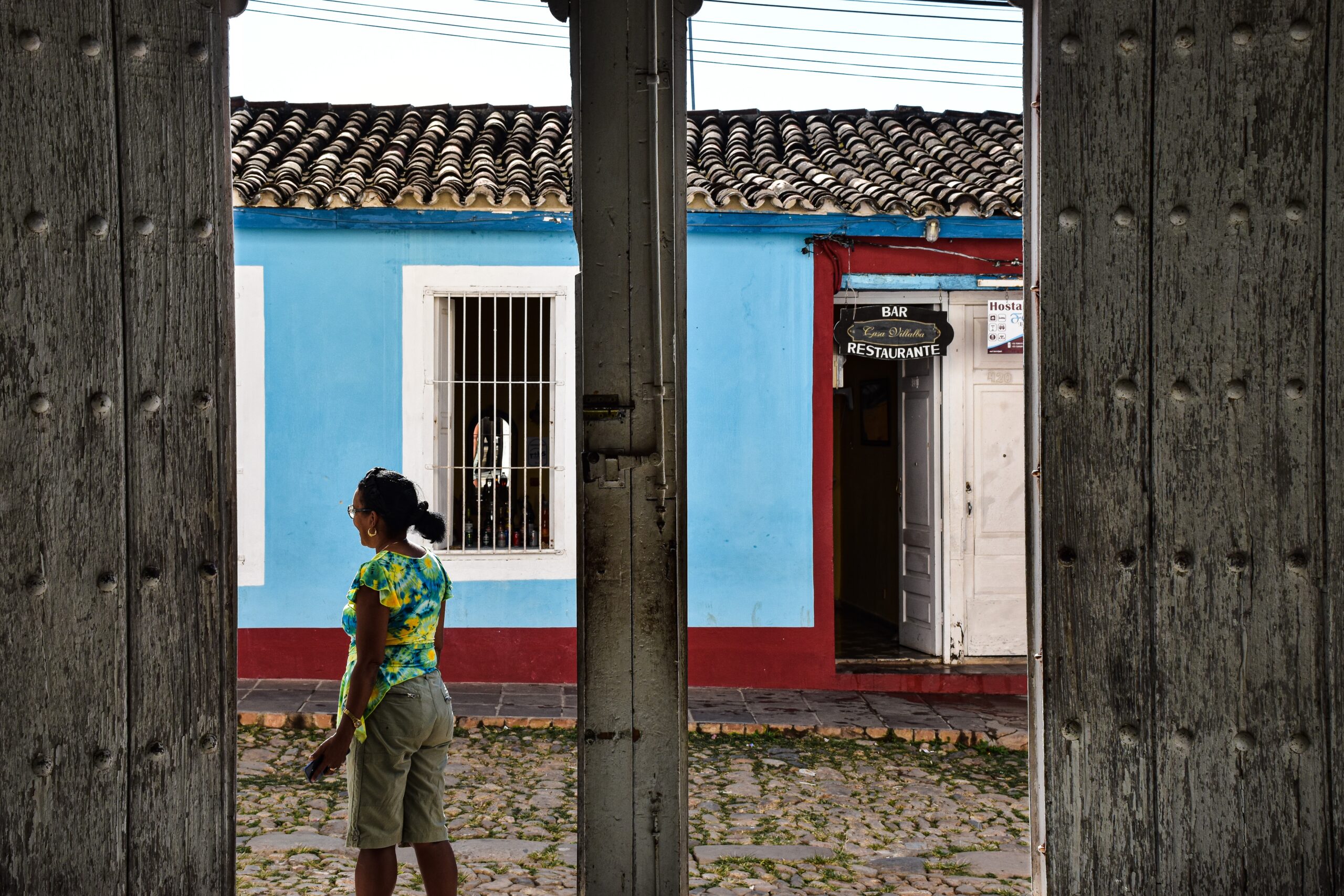
Print out your documents before leaving
Technology is not easily found in Cuba. Print and take any travel documents, reservations, insurance, or other information you need before leaving.
You might need to show your proof of travel insurance at immigration in Cuba or refer to the address of your accommodation or the number of your tour guide.
You need travel insurance
It is required to have travel insurance to enter Cuba. They may or may not ask for proof at the airport, and should you not have any or deemed to not have enough coverage you will be asked to purchase cover through Asistur. In any instance, it is best to have coverage before you go, specifically for COVID-19 and repatriation purposes.
If you want to learn more about the best travel insurance, click here.
You are there… now what???
Americans can’t use debit or credit cards
And this sucks. The Cuban sanctions imposed by the U.S. does not allow any American to withdraw money or pay with a debit or credit card while in Cuba.
Other nationalities can use credit cards, where accepted, but be mindful of your bank being owned by a US bank or be related to one as that will still mean that you will not be able to use your card.
Tell your bank you’re going to Cuba
While this is highly recommended every time you travel outside your country, when going to Cuba it is quite important. You will want to make sure your debit/credit card will work there provided it is through one of the banks that would
Americans, on the other hand, it’s recommended you don’t mention anything to your bank since the US has sanctions against Cuba and could block your account just to make sure you don’t spend any of your money in Cuba.
Alternately you can use a pre-paid debit card on your trip to Cuba, although limits now apply. Or you can get one upon arrival in Cuba, but note you won’t be able to use US dollars to load this card in Cuba.
Best thing to do is …

Take cash
Wherever you come from, one thing to note is that: CASH IS KING in Cuba!
Even though we mentioned how to use your credit/debit card, that should always be your fall back option in Cuba, as it is still mostly a cash economy, so you should take enough money with you to last your trip.
How much to bring you ask? That will really depend on many things. Are you joining one of our tours? In that case you won’t need to bring a lot of cash as we have included your transfers, transport, guide fees, activities, breakfasts, and most other meals. So you only have to consider the amount you may need for a few meals, alcoholic drinks and souvenirs to take home.
Whereas on some other tours you’d have to consider all your meals, activities and other costs. So ensure that you are fully aware as to what you are budgeting for. Word of warning, Cuba is not a cheap country like south-east Asia, so ensure you budget accordingly.
What currency to take?
Euro is the preferred currency. But you can also use US dollars, Canadian Dollars, Mexican Pesos, British Pounds. There is no longer a surcharge for USD exchange but in some instances you may not be able to use it.
When you are paying for anything always confirm the price and even ask for the price in the currency you hold and in Cuban pesos. Sometimes you may be better off paying in Cuban pesos. Your guide can assist you in exchanging cash.
Where to stay?
We always recommend casa particular, this is basically a B&B set up, although many are now on par with hotel quality in some bigger cities. The reason we recommend this is because it supports the locals directly.
If you are an American, it is basically your only option as you are not allowed to stay in the government owned hotels.
Casas are a great way to see and experience the local way of life.
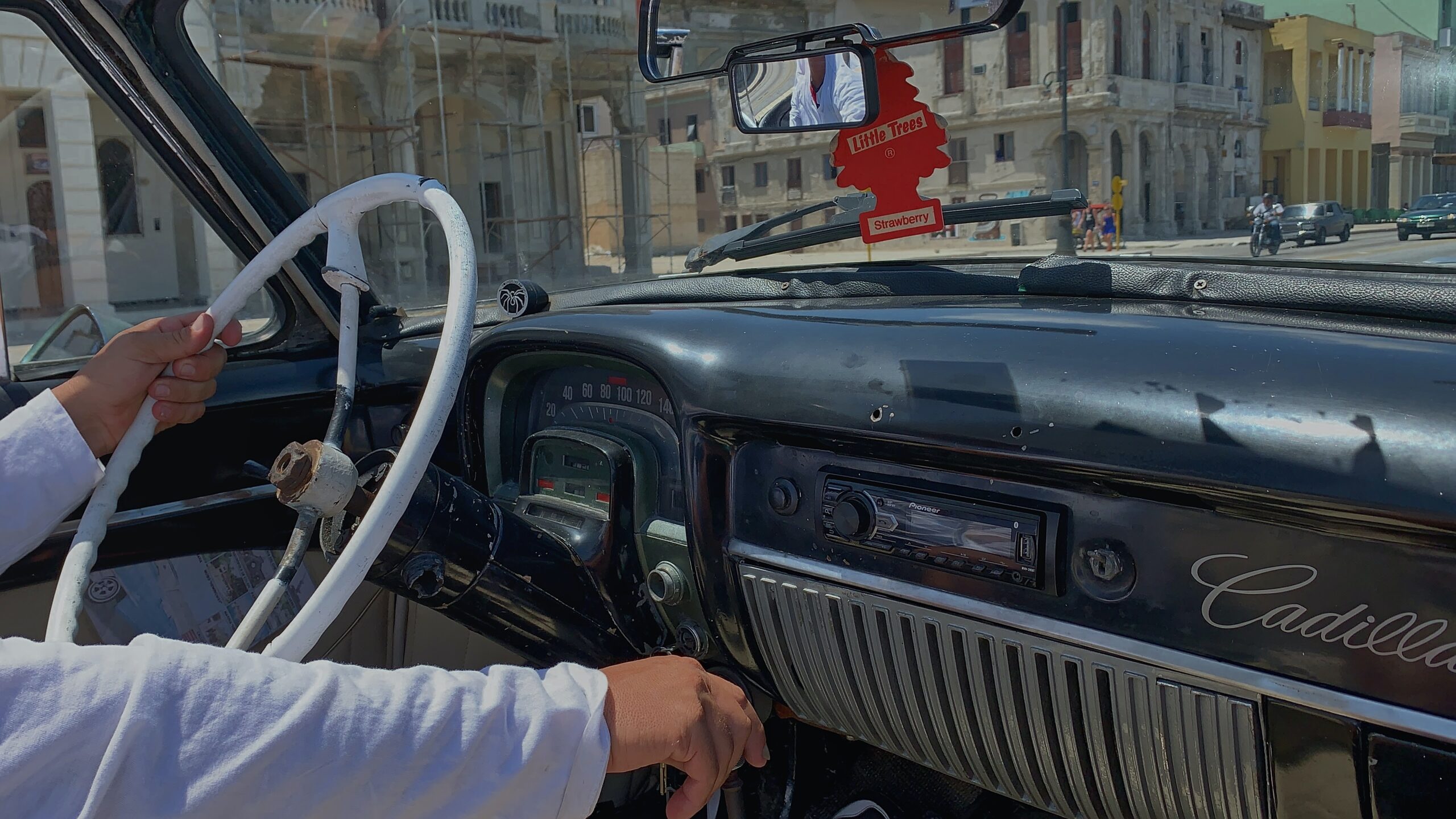
What’s the food like?
Simple flavours, but delicious, if you know where to eat!
When I hear people complain about food, my first thought goes to them staying in hotels. Because food in hotels is rather bland I found.
But street food, home cooked meals and some paladars (that may take you your whole trip to find) can be absolutely fantastic. If you are travelling with a tour guide, you can take a short cut as they would know the places in town, traditional, fancy, new and ones you just must try. So let them know what you’d like to try and they’ll take you to the right place for it.
Don’t drink the water
Simple and easy. Buy bottled water or if you are on one of our tours, bring your water bottle and will make sure that will fill it up for you as you need it, that way we can get the boggest serving of bottled water and share and reduce plastic waste.
Take your favorite snacks with you
Firstly, you won’t find them in Cuba. Secondly you may not even find foods we consider snacks in a shop. So if you like snacking on certain things, bring them with you. If you are OK snacking on fruit, local cheese and guava paste, local home made crackers, then you’ll be fine.
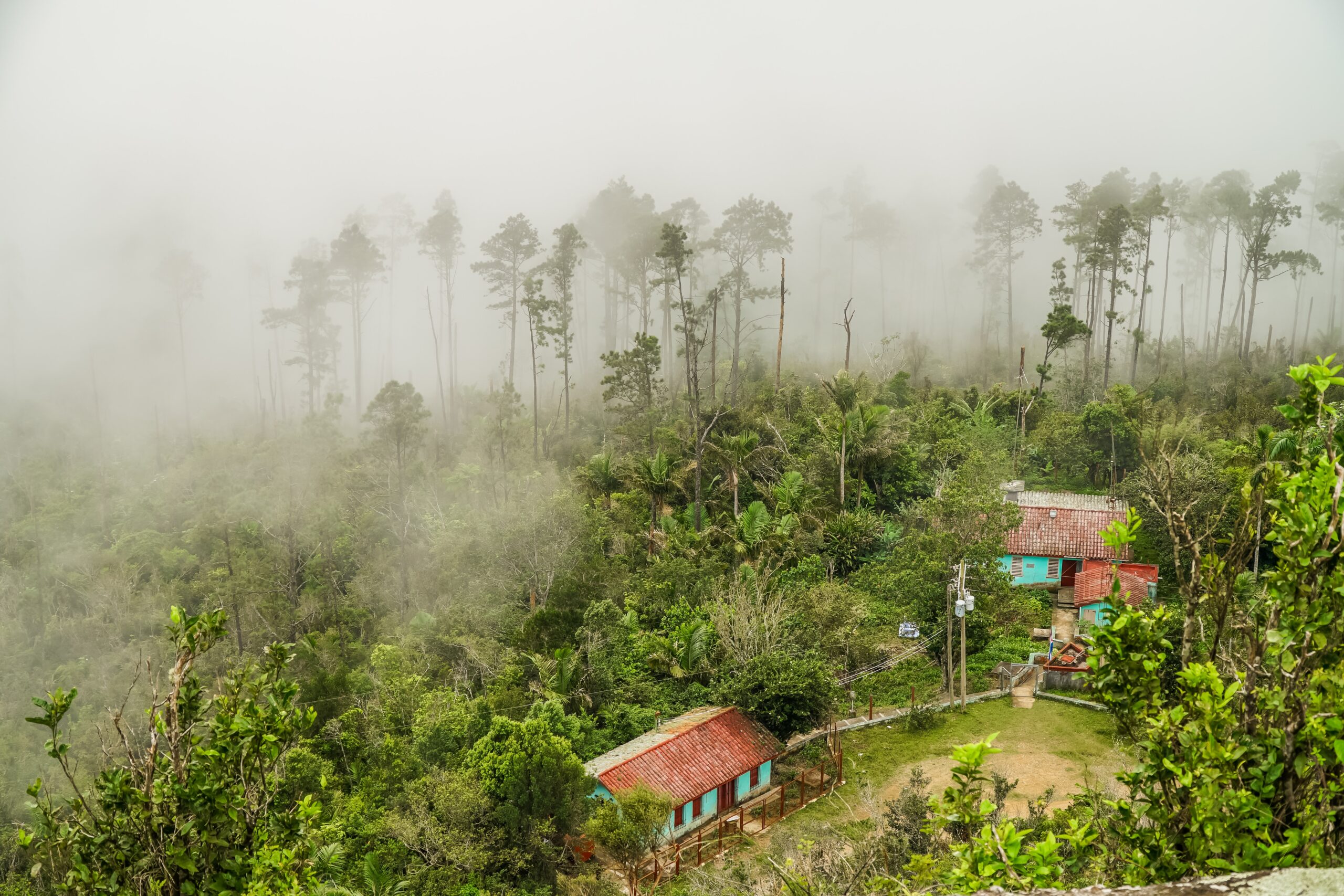
Hiring a car and driver/chauffeur or renting a car
If you are an American traveller, you cannot rent a car. If you are from anywhere else in the world, good luck!
You have to rent a car online before you get to Cuba, but it doesn’t mean the car will actually be there when you turn up to pick it up, it may require patience and ‘sweet talking’ to get one. Then the next challenge is that the roads are full of pot holes, google maps hasn’t discovered Cuba and you may not be able to get fuel when you need it or as much as you need. Car rental is also not a cheap option in Cuba.
Personally, I prefer to have a driver for my trips – which is part of all our tours. It works out it cheaper than renting a car. It’s also safer as our driver knows the roads like the back of his hand having driven around Cuba plenty of times. He knows the best roads also.
Internet… there is, but don’t count on it
Nowadays there are plenty of ways to get on the net. You can get a Wi-Fi card and jump on the network at a Wi-Fi spot or some of the casas you are staying at. Alternately you can arrange a local sim card and buy data packs. With this you can have access to Wi-Fi however they have an interesting mix of 3G and 4G data that you cannot control, so you have to keep an eye on your usage.
To learn more about these, you can read our blog on Wi-Fi access here and on phone usage here.
Don’t expect roaming phone service
Simple… just don’t count on it. Any (expensive) international call will have to be made from a phone center.
US companies like Sprint and Verizon now have an agreement with ETECSA to offer roaming service. Of course, those calls and texts are expensive.
Australian phones definitely don’t work there.
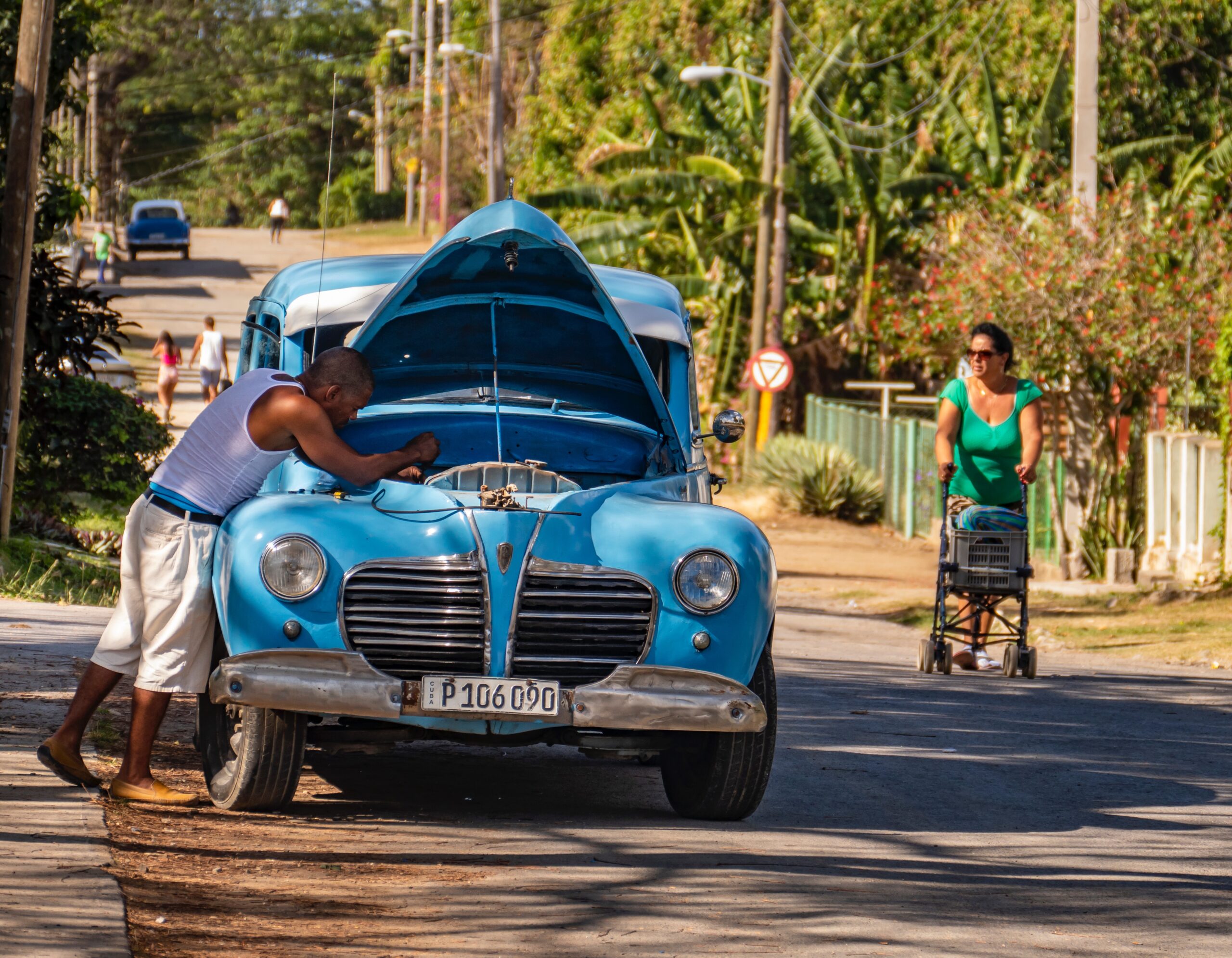
Use offline maps
Map.me offer some great offline maps for Cuba, if you already know where you want to be going. They are great in Havana.
Cuba is not dangerous, but scams are common
Other than petty theft, violent crimes are not common there. What many people do, though, is “friend you” and tell you about an awesome party happening at a restaurant or café, or some other event somewhere else. They will take you there, sit down, chat and drink/eat, and make you pay for everything, may even ask for a fee, whilst they’d also be getting a commission.
In some places you may even see straight out hustlers.
If you are travelling with a small group tour, you will not be bothered, if anyone tries, they guide will tell them to get away. Additionally they will warn you of any scams you need to watch out for in each area in your free time.
Having said that, Cubans are generally friendly, so don’t be afraid to chat openly with them, but be cautious about their intentions.
You can buy or trade
Imagine exploring a vibrant Cuban marketplace, filled with colorful souvenirs and unique trinkets. As you approach a small vendor, they offer to trade one of their items for something you have on hand, such as a t-shirt or a bar of soap. Not only does this create a memorable experience, but it also helps the local economy by giving vendors the opportunity to resell your item. Don’t be afraid to negotiate for the best deal – you might end up with an unforgettable treasure to bring home. Despite the limitations of trade restrictions, creative solutions like this demonstrate the resilience and ingenuity of the Cuban people.
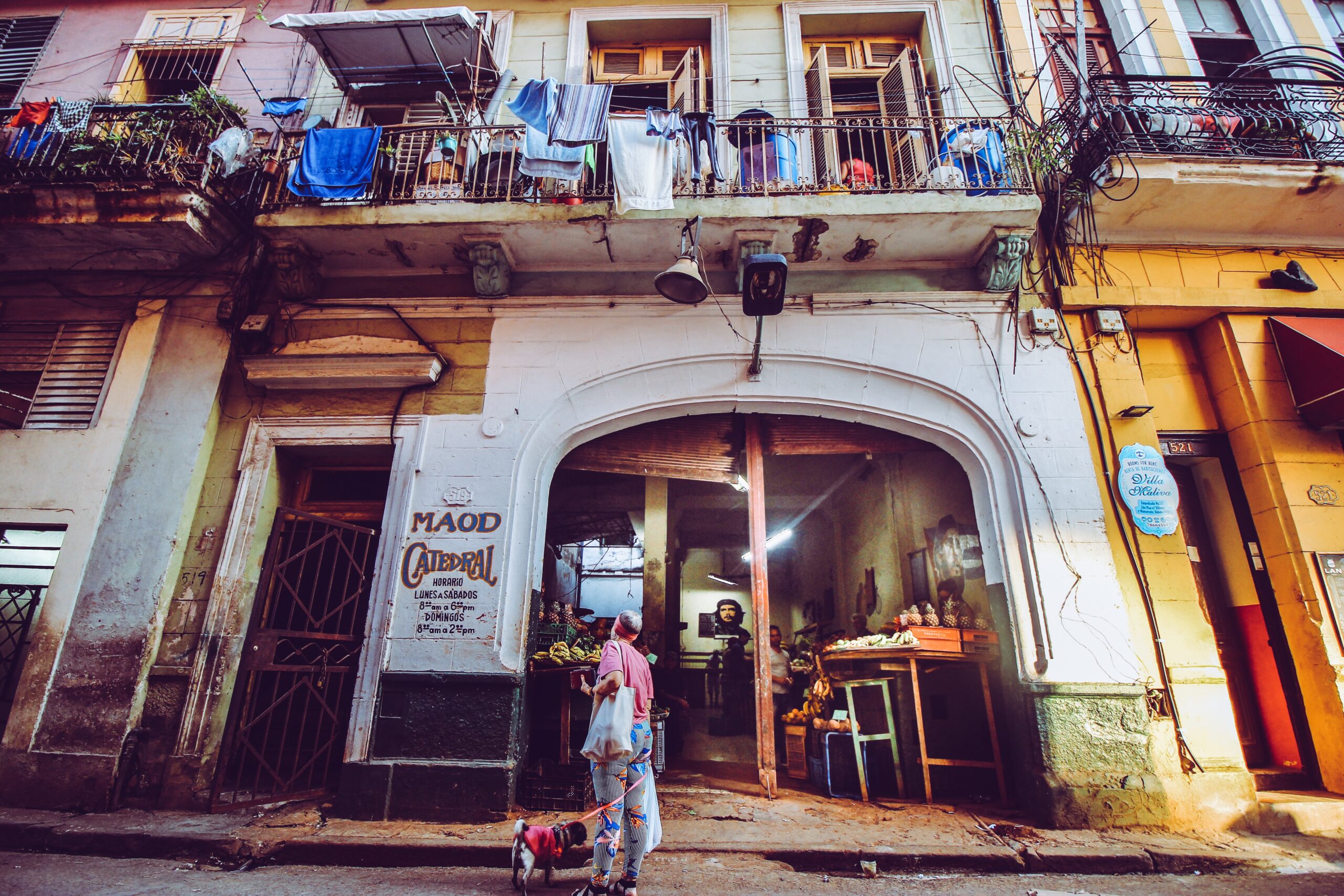
Take home rum and cigars
It’s best to check what you can import back home as each country have different rules!
At time of writing US travellers cannot take any Cuban rum or cigars back home, whilst limits for Australians is 2.1L of rum and 25g tobacco products – bear in mind that one real Cohiba weight a lot more than that! So know the rules before you go.
Learn Spanish
If you join us on a tour, your tour guide will speak English so can help with communication, but it still helps to learn a few basic phrases to communicate. Locals are also way friendlier with tourists who at least make an effort to communicate something in Spanish.
Traveling to Cuba with a Drone?
Forget about it, unless you are in a position of risking to lose it. Learn more about drone rules here.
What if you need help while in Cuba?
When you join one of our tours, we will provide you with contacts for personnel on the ground as well as in our home office for in case of emergency. Our guide will also show you where he is staying on each of our stops in case you cannot get through the phone. We also provide you numbers to make a charge-back-call in case of emergency.
If you venture out on your own, you want to ensure that you have contacts that can help you as well as a way to contact them.
Hope this has given you some great insights on how to prepare for your trip to Cuba! Hope to see you there!
If you’d like to know how to see Cuba with us, check out our tours now.


